How Do They Get Animals From Their Habitat
Zoos
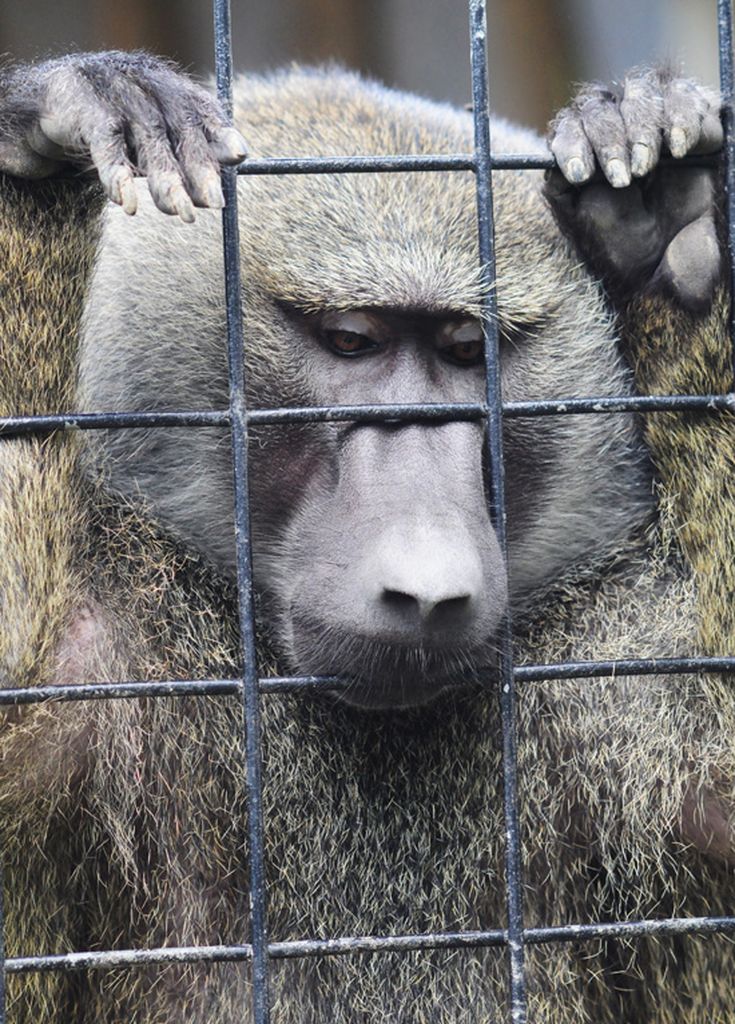 Animals in zoos are forced to live in artificial, stressful, and downright boring conditions. Removed from their natural habitats and social structures, they are confined to modest, restrictive environments that deprive them of mental and physical stimulation. While zoos claim to provide conservation, education, and amusement, their master goal is to sustain public support in order to increase profits.
Animals in zoos are forced to live in artificial, stressful, and downright boring conditions. Removed from their natural habitats and social structures, they are confined to modest, restrictive environments that deprive them of mental and physical stimulation. While zoos claim to provide conservation, education, and amusement, their master goal is to sustain public support in order to increase profits.
Conservation
Zoos profess to exercise conservation -- in other words, the preservation of various species -- claiming that without their efforts, certain species would get extinct. Nevertheless, if they were truly concerned with the preservation of species, they would instead work to preserve animals' natural habitat. For it is, in fact, humans who are eroding the natural habitat of numerous species through pollution, rangeland degradation, topsoil erosion, crop and groundwater contamination, and other harmful processes. Moreover, while zoos generally claim to take in only the neediest of animals, nearly of the animals in zoos are not endangered, orphaned, or injured at all. A swell many are captured from the wild. Those that are in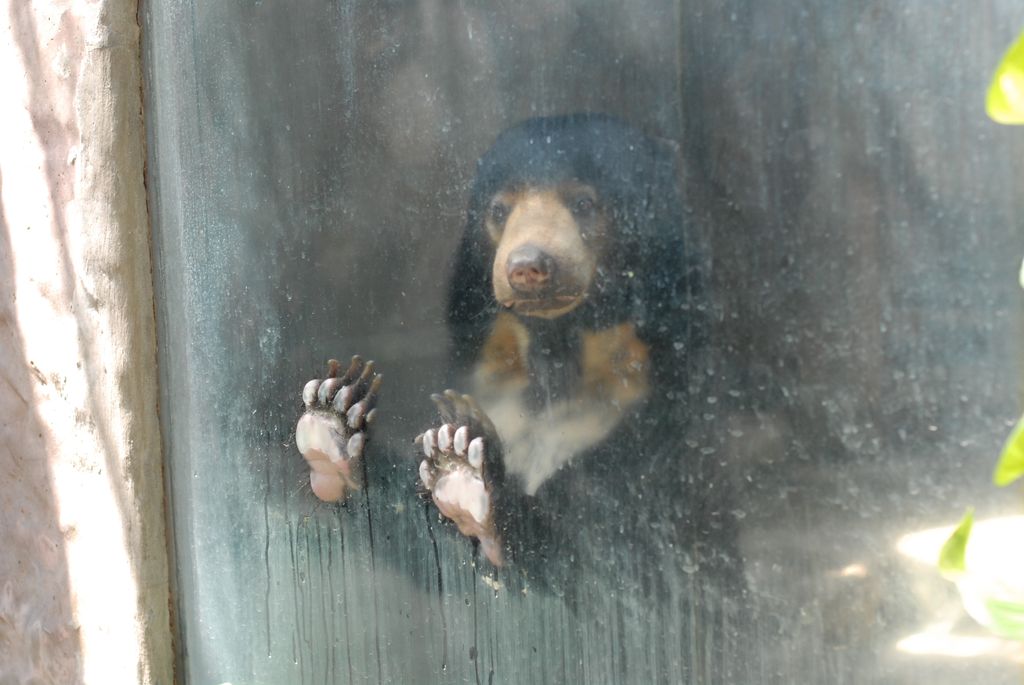 environment, provide a normal social equilibrium of the species, or maintain a healthy gene pool ordered by natural choice. Zoos thus compromise convict animals' chances of successful introduction into the wild. Additionally, there may be no wilderness left for zoo-bred animals, equally humans are destroying their natural habitat at such an alarming rate. Realistically, the only way to cease extinction is to preserve the world's habitat and ecosystems.
environment, provide a normal social equilibrium of the species, or maintain a healthy gene pool ordered by natural choice. Zoos thus compromise convict animals' chances of successful introduction into the wild. Additionally, there may be no wilderness left for zoo-bred animals, equally humans are destroying their natural habitat at such an alarming rate. Realistically, the only way to cease extinction is to preserve the world's habitat and ecosystems.
Education
While a number of zoos make an effort to provide some sort of education, they more often than not teach people how animals react in convict situations. Patrons are unable to witness how multifaceted the lives of animals truly are. Instead, zoo-goers find animals' reactions to boredom, depression, and stress. Even if there were an abundance of signs, descriptions, and educational displays beside the animals' cages, very little of this information, if any, will be remembered. Facilities that teach most effectively do so past presenting videos, wildlife documentaries, slides, interactive modules, graphic displays, and computer simulations. All of the aforementioned present animals in their natural environments, which allows individuals to truly understand the mode they hunt, feed, enhance their young, breed,
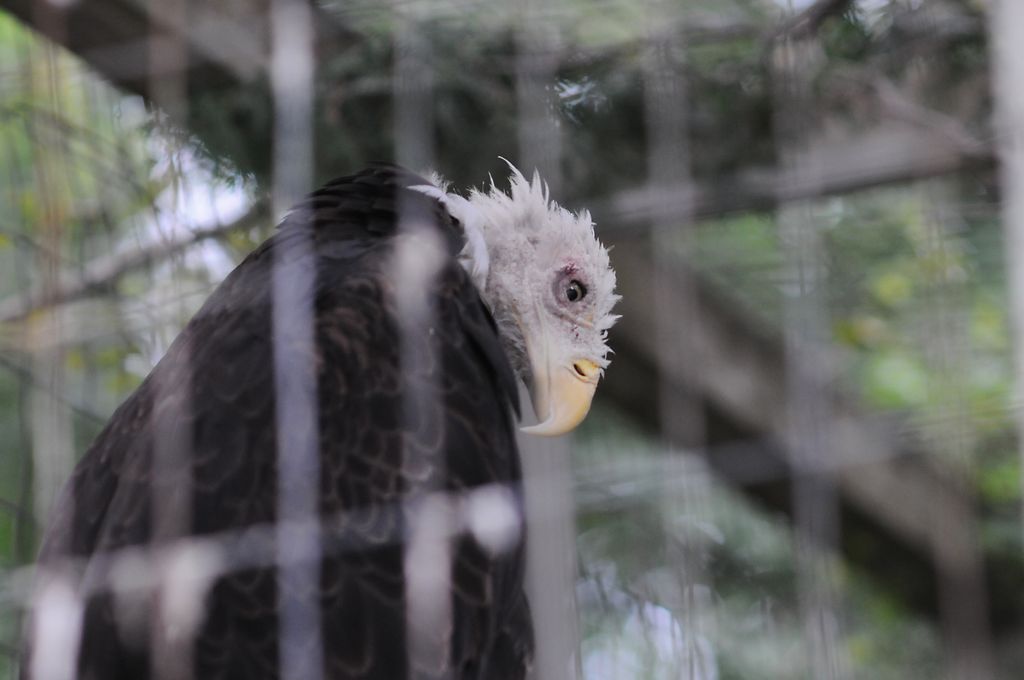 respond to and brandish affection, fear, pain, hunger, instinct and ultimately how they behave and survive naturally. Only showing animals in extremely restrictive spaces misinforms patrons by misrepresenting what those animals' lives naturally consist of.
respond to and brandish affection, fear, pain, hunger, instinct and ultimately how they behave and survive naturally. Only showing animals in extremely restrictive spaces misinforms patrons by misrepresenting what those animals' lives naturally consist of.
Finally, zoos teach children and other patrons that it is acceptable to confine other beings, no matter how sentient and intelligent they may exist. Such a lesson learned in spite of the best interests of those animals teaches boldness for life.
Research
At that place are just very few zoos that practice relevant and reliable inquiry. Those that practise mainly examine the physiological structure of a captive animal, also as the illnesses he or she has acquired. These results, notwithstanding, are plainly skewed towards animals living in captivity. They, therefore, generate picayune data most how to best conserve species in the wild. In their natural habitat, species develop immunities to naturally occurring illnesses. Zoo animals commonly practise not form resistance to the nigh ordinary of ailments and are more prone to catching viruses that they would never see in the wild. Moreover, living in captivity causes animals to lose their natural disposition to the extent that they get unrepresentative of their species. Therefore, studies of captive animals are of limited benefit to animals in the wild.
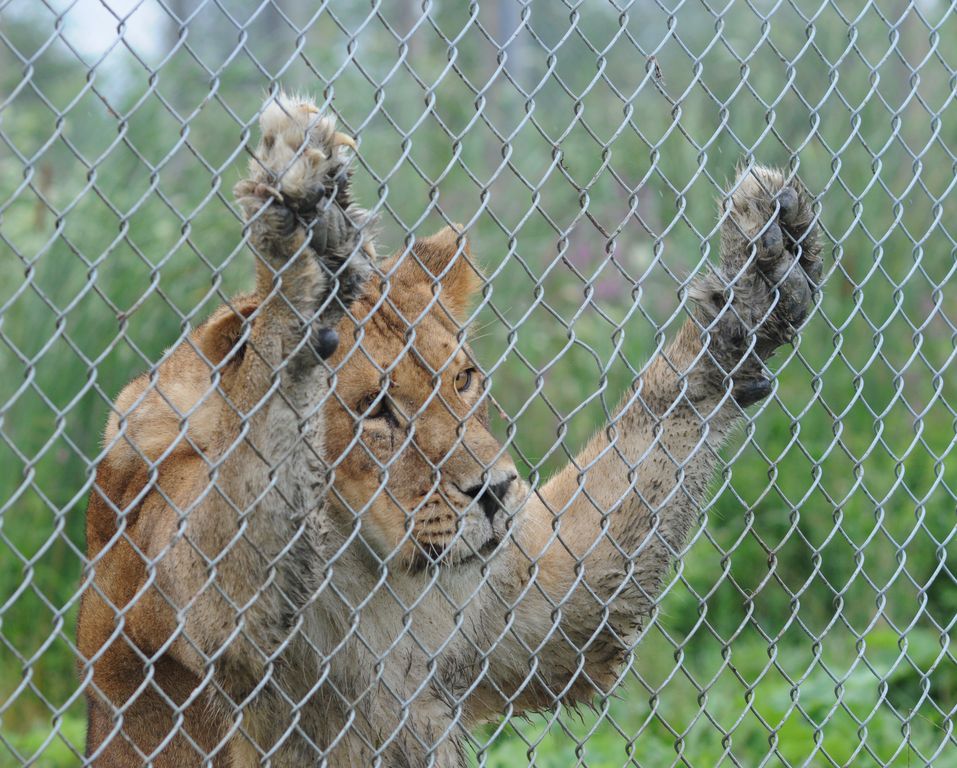
Zoochosis
Many animals held in captivity begin to form aberrant symptoms referred to as "zoochosis". These neurotic and atypical behaviors occur as a issue of colorlessness, depression, frustration, a lack of mental and physical enrichment, and removal from their natural habitat and social structures. Signs of zoochosis include:
bar biting, coprophagia (consuming and playing with excrement), self-mutilation, circumvoluted, rocking, swaying, pacing, rolling, twisting, nodding of the neck or head, vomiting, frequent licking, and excessive grooming.
Afterwards the Zoo
Zoos seek out babe animals, knowing that they are most highly-seasoned to the public. When they grow older, and therefore less attractive to patrons, they volition often exist sold or killed. Animals who breed frequently, such every bit deer, tigers, and lions, are sometimes sold to game farms and ranches where hunters pay to kill them. Other "surplus" animals are sometimes sold to roadside zoos (which are typically very poorly run), individual individuals, animal dealers, or to laboratories for experimentation purposes.
Creature Sanctuaries
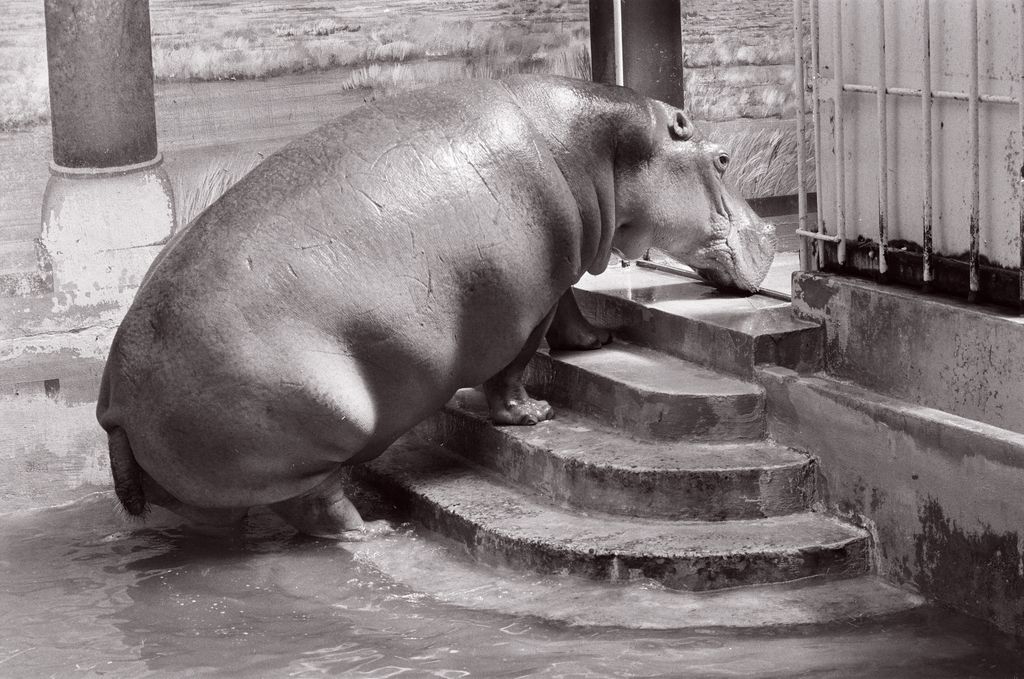
Unlike zoos, animal sanctuaries are non-profit rescue centers that provide shelter for abused, unwanted, neglected, and orphaned animals. They abet spaying and neutering and effort to find suitable homes for animals. Also, many attempt to teach others almost compassionate living and most treat animals until the latter dice of old historic period.
Zoos, on the other hand, sometimes sell aging animals. Moreover, whereas sanctuaries generally business firm animals in need of care with other members of their species, zoos ofttimes remove animals from the wild and forcefulness them into a life of captivity, i that all too oft involves isolation from other members of their species. Some are abused or neglected; nearly are kept in a prison house-like environment. Different creature sanctuaries, the zoo's focus is not on what'due south best for the animals.
Read about elephant deaths at the Los Angeles Zoo.
You Tin can Assistance
- Do not visit zoos. Patronize only not-exploitive organizations such as non-turn a profit animal sanctuaries. For a list of animal sanctuaries, visit http://www.sanctuaryfederation.org/gfas/almost-gfas/gfas-sanctuaries/
- Write your elected officials and educate them about the reality of zoo life. Inform them of how few zoo animals are endangered and demand that animals cease being placed in zoos. Need stricter Animate being Welfare Act regulations and increased USDA inspections. For your elected officials' contact information, visit www.votesmart.org
- Educate others about why zoos are unnecessary and inhumane.
- Teach respect for life.
![]() Learn more than most: Circuses
Learn more than most: Circuses
All photos by Jo-Anne McArthur at We Animals
Source: https://www.lcanimal.org/index.php/campaigns/animals-in-entertainment/zoos
Posted by: haassobsell.blogspot.com

0 Response to "How Do They Get Animals From Their Habitat"
Post a Comment